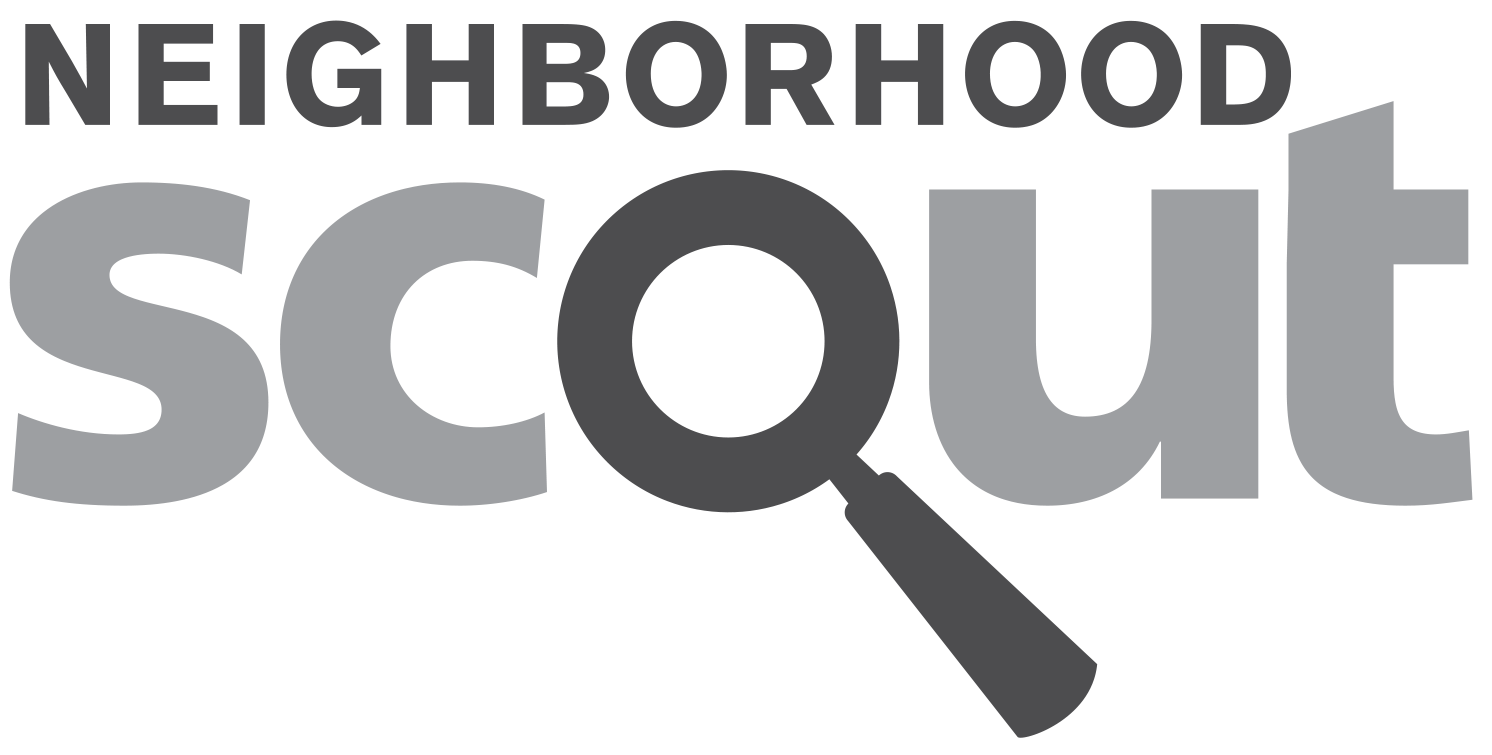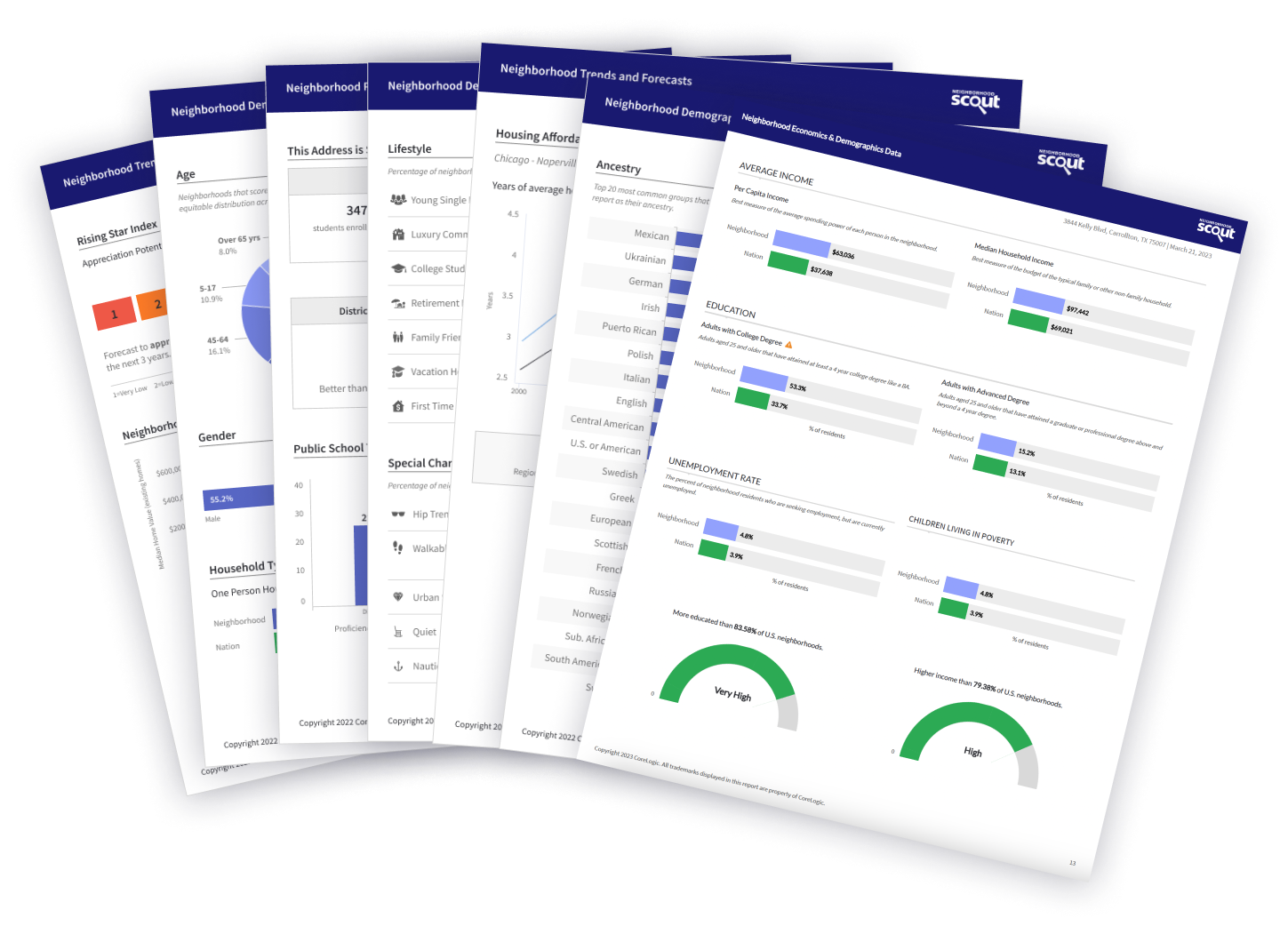Niland is a tiny town located in the state of California. With a population of 756 people and just one neighborhood, Niland is the 776th largest community in California.
Because occupations involving physical labor dominate the local economy, Niland is generally considered to be a blue-collar town. 56.89% of the Niland workforce is employed in blue-collar occupations, compared to the national average of 27.7%. Overall, Niland is a town of service providers, construction workers and builders, and farmers, fishers, or foresters. There are especially a lot of people living in Niland who work in healthcare suport services (25.90%), farm management occupations (22.13%), and law enforcement and fire fighting (8.03%).
Residents will find that the town is relatively quiet. This is because it is not over-populated, and it has fewer college students, renters, and young children - all of whom can be noisy at times. So, if you're looking for a relatively peaceful place to live, Niland is worth considering.
Niland is a small town, and as such doesn't have a public transit system that people use to get to and from their jobs every day.
In terms of college education, Niland ranks among the least educated cities in the nation, as only 0.00% of people over 25 have a bachelor's degree or advanced degree.
The per capita income in Niland in 2022 was $14,267, which is low income relative to California and the nation. This equates to an annual income of $57,068 for a family of four. However, Niland contains both very wealthy and poor people as well.
Niland is an extremely ethnically-diverse town. The people who call Niland home describe themselves as belonging to a variety of racial and ethnic groups. People of Hispanic or Latino origin are the most prevalent group in Niland, accounting for 86.10% of the town’s residents (people of Hispanic or Latino origin can be of any race). The greatest number of Niland residents report their race to be Black or African-American, followed by White. Important ancestries of people in Niland include French, German, Yugoslavian, Other West Indian, and West Indian.
Foreign born people are also an important part of Niland's cultural character, accounting for 22.19% of the town’s population.
The most common language spoken in Niland is Spanish. Other important languages spoken here include English and Italian.
When you see a neighborhood for the first time, the most important thing is often the way it looks, like its homes and its setting. Some places look the same, but they only reveal their true character after living in them for a while because they contain a unique mix of occupational or cultural groups. This neighborhood is very unique in some important ways, according to NeighborhoodScout's exclusive exploration and analysis.
In a nation where 1 out of every 4 children lives in poverty, the neighborhood stands out as being ranked among the lowest 0.0% of neighborhoods affected by this global issue.
In addition, an interesting characteristic about the neighborhood is that there are more incarcerated people living here than 99.8% of neighborhoods in the U.S. The United States has the highest rate of incarceration in the world, currently with 1 out of every 100 adults in the country are incarcerated as a punishment for crimes committed. The extremely high incarceration rate of this neighborhood could mean that a prison, juvenile detention facility or other correctional facility occupies a large proportion of the neighborhood, or contains a large portion of the neighborhood's population.
Also, the neighborhood is unique for having just 0.3% of adults here having earned a bachelor's degree. This is a lower rate of college graduates than NeighborhoodScout found in 98.9% of America's neighborhoods.
Each year, fewer and fewer Americans make their living as farmers, foresters, or fishers. But the neighborhood truly stands out among U.S. neighborhoods. According to exclusive NeighborhoodScout analysis, this neighborhood has a greater proportion of farmers, foresters, or fishers than 100.0% of all American neighborhoods. This is truly a unique cultural characteristic of this neighborhood.
Our research reveals that 98.1% of commuters who live in the neighborhood get to work each day by driving alone in their automobiles, which is a higher proportion than 99.9% of U.S. neighborhoods.
Whether walking, biking, riding, or driving, the length of one's commute is an important factor for one's quality of life. The neighborhood stands out for its commute length, according to NeighborhoodScout's analysis. Long commutes can be brutal. They take time, money, and energy, leaving less of you for yourself and your family. The residents of the neighborhood unfortunately have the distinction of having, on average, a longer commute than most any neighborhood in America. 21.7% of commuters here travel more than one hour just one-way to work. That is more than two hours per day. This percentage with two-hour + round-trip commutes is higher than NeighborhoodScout found in 99.7% of all neighborhoods in America.
98.5% of the real estate in the neighborhood is occupied by renters, which is nearly the highest rate of renter occupancy of any neighborhood in America.
In addition, three-deckers, duplexes, old Victorian homes cut up into apartments. Independent stores on the corner selling pizza. These are some of the hallmarks of neighborhoods with lots of small 2, 3, and 4 unit apartment buildings. The neighborhood really stands out in this regard, however, as it is dominated by such small apartment buildings more than nearly any other neighborhood in America. This is a stunning visual and lifestyle example of this type of neighborhood. In fact, 54.1% of the real estate here are small 2, 3, or 4 unit apartment buildings, which is a higher proportion than found in 98.8% of America's neighborhoods.
Furthermore, uncrowded roads, rural America and space to be the individual you are. If you like these characteristics, this neighborhood may fit you. With just 24 residents per square mile, is less crowded than 93.9% of all U.S. neighborhoods.
Did you know that the neighborhood has more African and Sub-Saharan African ancestry people living in it than nearly any neighborhood in America? It's true! In fact, 12.6% of this neighborhood's residents have African ancestry and 13.0% have Sub-Saharan African ancestry.
is also pretty special linguistically. Significantly, 0.9% of its residents five years old and above primarily speak Native American languages at home. While this may seem like a small percentage, it is higher than 97.1% of the neighborhoods in America.
How wealthy a neighborhood is, from very wealthy, to middle income, to low income is very formative with regard to the personality and character of a neighborhood. Equally important is the rate of people, particularly children, who live below the federal poverty line. In some wealthy gated communities, the areas immediately surrounding can have high rates of childhood poverty, which indicates other social issues. NeighborhoodScout's analysis reveals both aspects of income and poverty for this neighborhood.
The neighbors in the neighborhood in Niland are low income, making it among the lowest income neighborhoods in America. NeighborhoodScout's research shows that this neighborhood has an income lower than 100.0% of U.S. neighborhoods. In addition, 0.0% of the children seventeen and under living in this neighborhood are living below the federal poverty line, which is a lower rate of childhood poverty than is found in 100.0% of America's neighborhoods.
A neighborhood is far different if it is dominated by enlisted military personnel rather than people who earn their living by farming. It is also different if most of the neighbors are clerical support or managers. What is wonderful is the sheer diversity of neighborhoods, allowing you to find the type that fits your lifestyle and aspirations.
In the neighborhood, 77.4% of the working population is employed in farming, forestry, or commercial fishing. The second most important occupational group in this neighborhood is executive, management, and professional occupations, with 20.8% of the residents employed.
Languages
The most common language spoken in the neighborhood is Spanish, spoken by 53.7% of households. Some people also speak English (43.9%).
Ethnicity / Ancestry
Culture is shared learned behavior. We learn it from our parents, their parents, our houses of worship, and much of our culture – our learned behavior – comes from our ancestors. That is why ancestry and ethnicity can be so interesting and important to understand: places with concentrations of people of one or more ancestries often express those shared learned behaviors and this gives each neighborhood its own culture. Even different neighborhoods in the same city can have drastically different cultures.
In the neighborhood in Niland, CA, residents most commonly identify their ethnicity or ancestry as Mexican (56.5%). There are also a number of people of Sub-Saharan African ancestry (13.0%), and residents who report African roots (12.6%), and some of the residents are also of Puerto Rican ancestry (2.9%), along with some Irish ancestry residents (2.4%), among others. In addition, 13.5% of the residents of this neighborhood were born in another country.
How you get to work – car, bus, train or other means – and how much of your day it takes to do so is a large quality of life and financial issue. Especially with gasoline prices rising and expected to continue doing so, the length and means of one's commute can be a financial burden. Some neighborhoods are physically located so that many residents have to drive in their own car, others are set up so many walk to work, or can take a train, bus, or bike. The greatest number of commuters in neighborhood spend between 15 and 30 minutes commuting one-way to work (39.6% of working residents), which is shorter than the time spent commuting to work for most Americans. However, there is also a significant group of residents (21.7%) who commute over an hour in each direction.
Here most residents (98.1%) drive alone in a private automobile to get to work. In a neighborhood like this, as in most of the nation, many residents find owning a car useful for getting to work.

